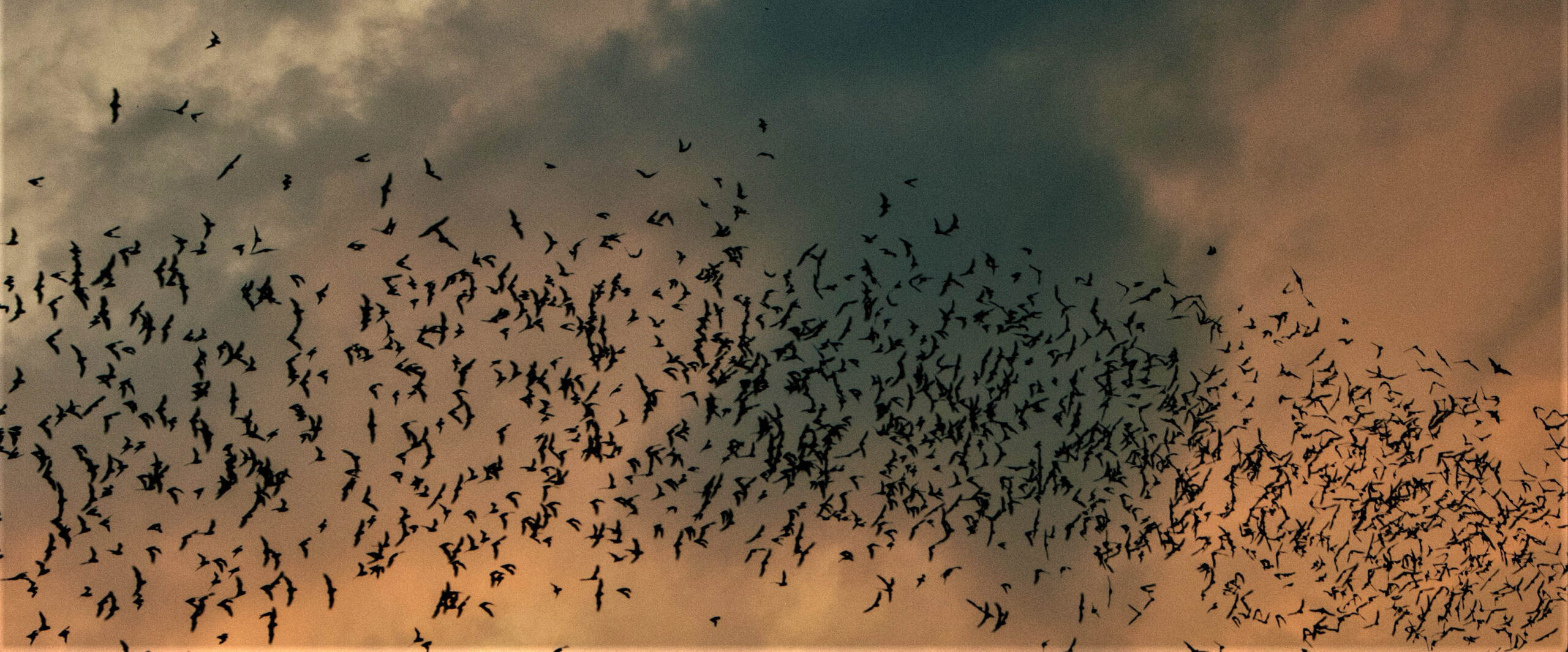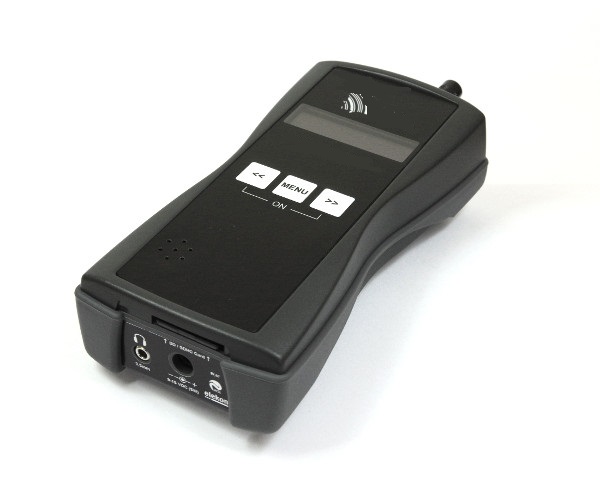Bats frequently face adverse affects in wind farms either due to collision with the blades or due to barotrauma if they happen to be near enough to encounter the sudden change in air pressure as the blades spin (which they often are). Bat population near wind farms might quickly face local extirpations due to these effects, coupled with their low reproductive rates.
In order to predict the extent of impact on bats at a project site, especially prior to construction phase, we conduct acoustic studies to obtain diversity and activity indices. Increased density of bats or presence of threatened species may signal potential risks and should be taken into account during financing.
Bats are active at night when light is not available and emit sounds human ears cannot hear. Therefore acoustic methodology is indispensible in determining which bat species are utilizing the site and how much activity do they bring.
- Bats utilize ultrasonic sounds to navigate their environment and locate their prey (echolocation), which can be detected using special bat detectors.
- Recorded sound files of each bat contact is analysed for species. Then Bat Activity Index is calculated.
- Different species fly at different heights, some high (nacelle level) and some closer to the ground. High-flyers are usually under increased risk of mortality due to collision.
Wind farms might need to take appropriate precautions due to bat activity. Much of the collision mortality was shown to occur on nights with low winds and high temperatures. A curtailment plan might involve carefully determining environmental parameters to trigger temporary shut-down of turbines. Each mitigation plan is tailored specifically to the unique conditions of each project site and implemented.
At operational wind farms, we monitor bat mortality to predict yearly mortality rates, along with carrying out acoustic surveys.




